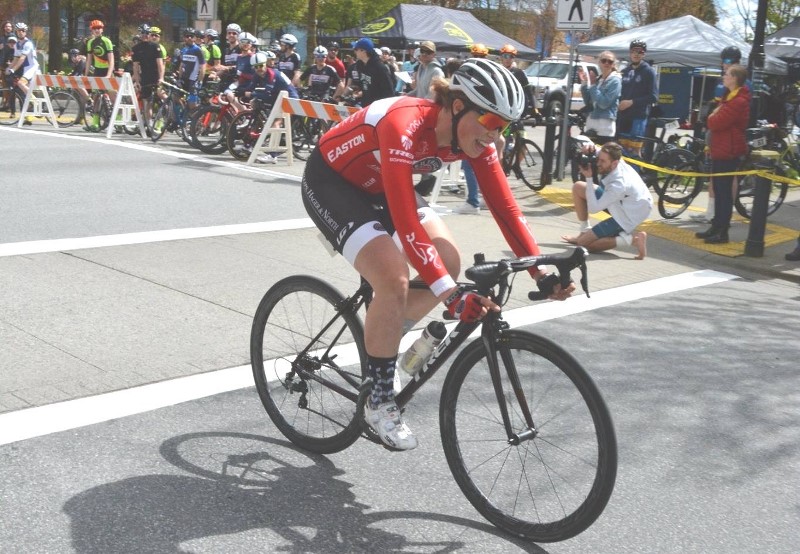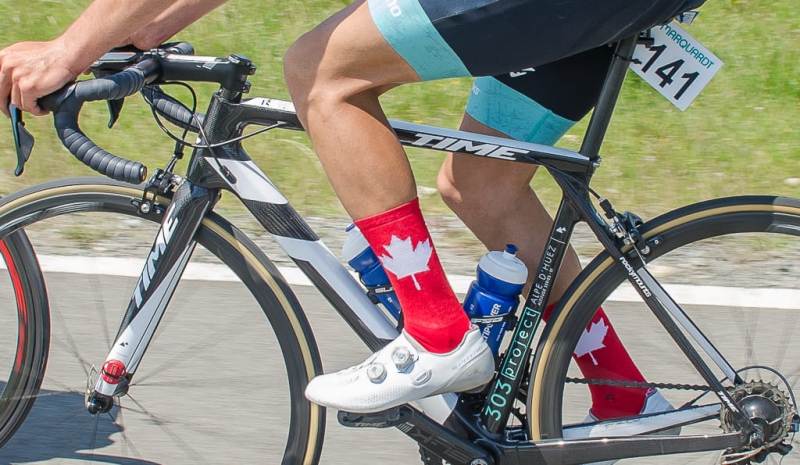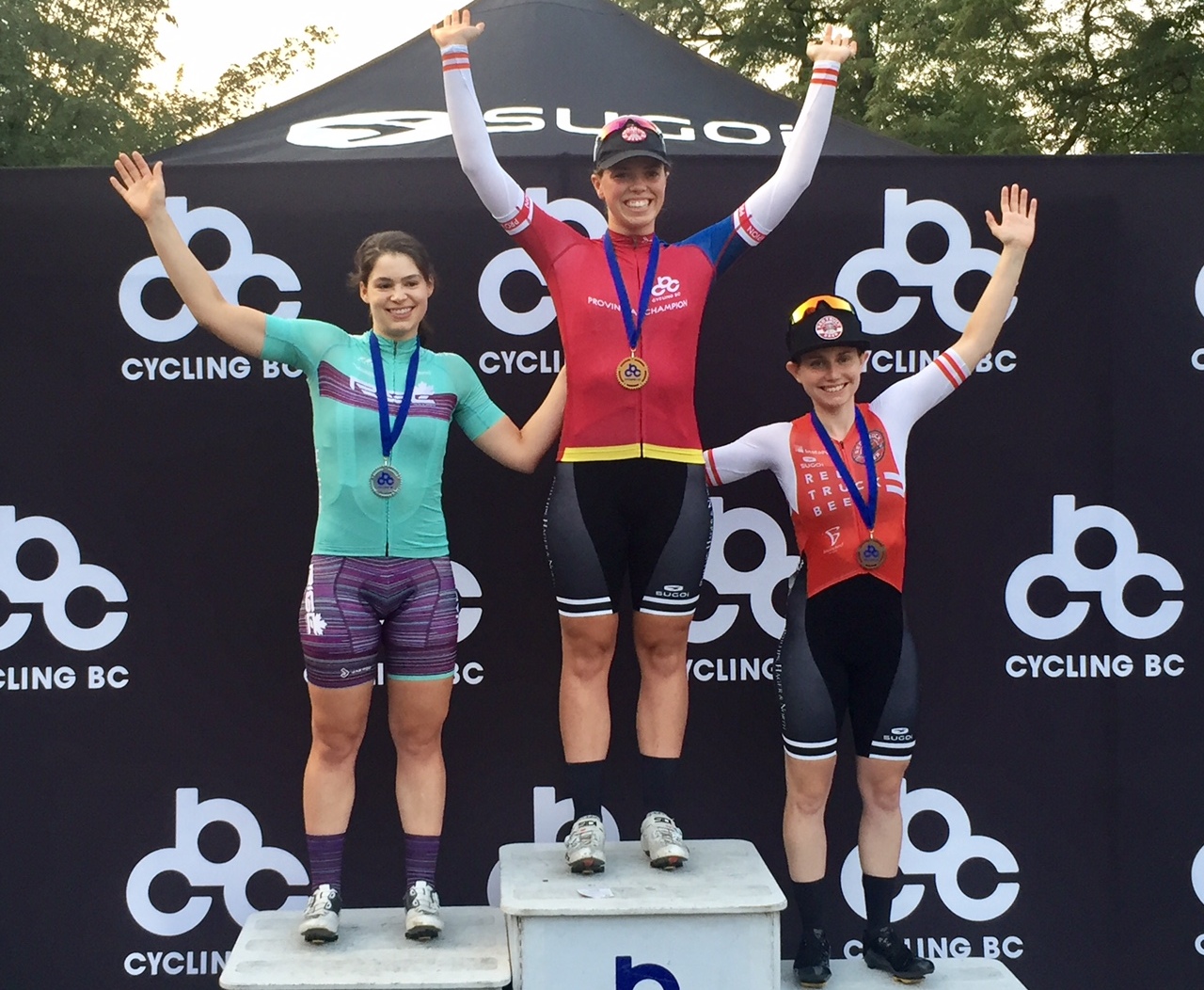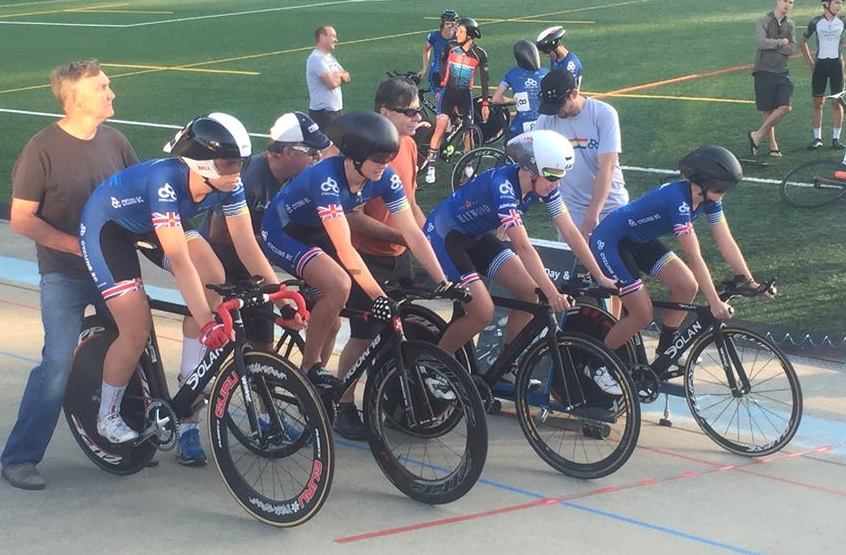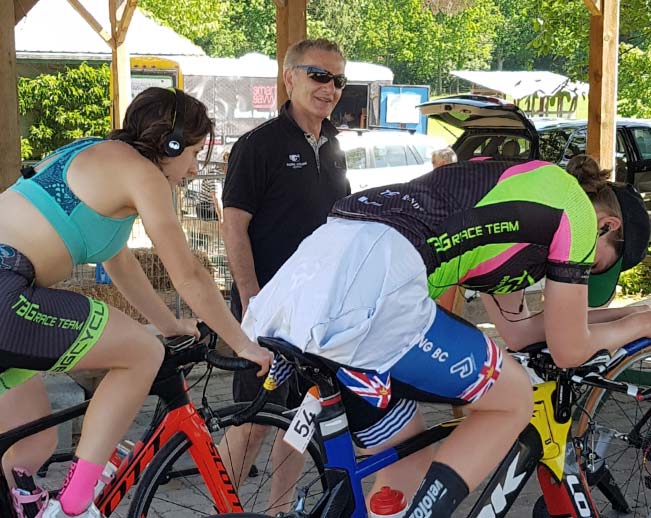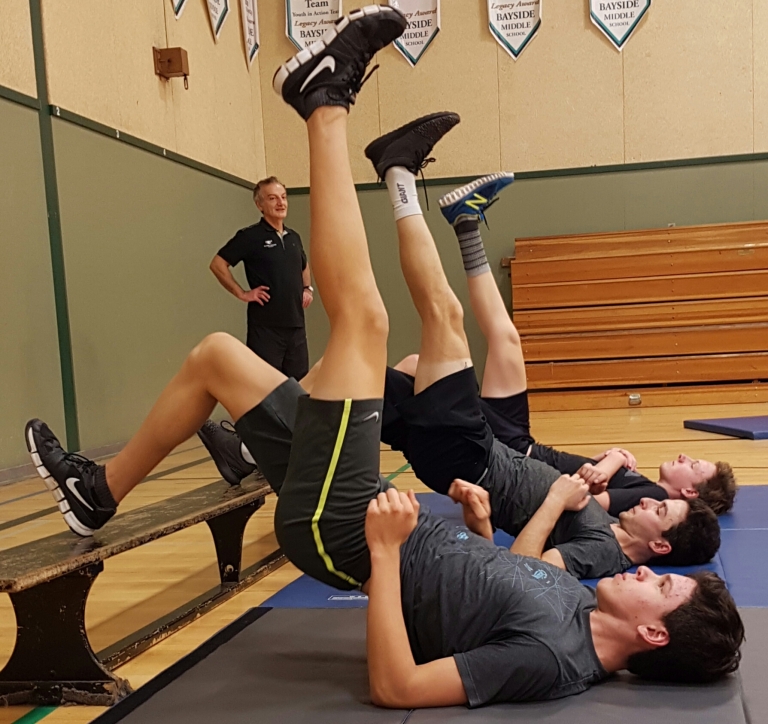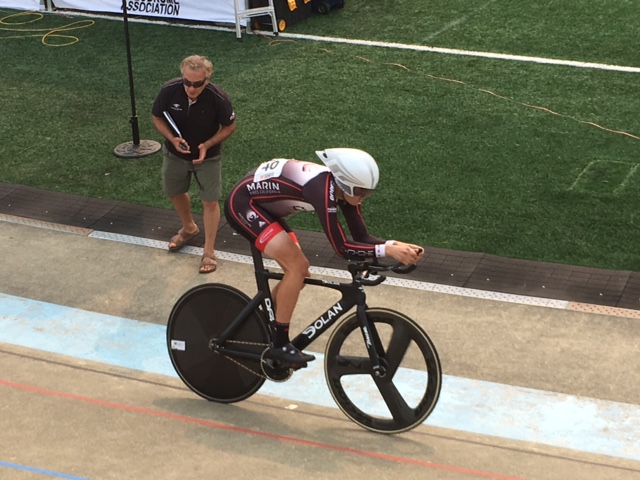
Although you need to constantly work on your speed, on the bike or off the bike, it is also vital to plan a focus block, a block of training that will focus and aim on developing speed. This block can be 6 to 9 weeks within a certain training phase. Because maintaining your top form is much harder than building it up, it is important to ensure that your speed development fits within your race calendar, and adequate timing of the block will ensure to achieve your top speed when it matters.
One of the most efficient ways to manage your speed development is to plan it into a YTP (Yearly Training Plan).
As cycling is an endurance based sport, speed development is important. A background of good form and fitness will enable you to endure high intensity training, and ensure you have the capacity to repeat workouts and recover from the workload.
Targeting the right type of speed quality and it relations to the competition is important, for example if you are planning to win an uphill finish in the stage race your speed workout will be different from one who is tapering for a flat road race. Preparation for time trialing requires a very different adaptation than the other two.
Depending on the demands of your cycling discipline you may want to focus on the one speed
I like to classify the speed quality as follow:
- Top speed, or maximum speed – the highest velocity you will achieve
- Acceleration speed or speed strength, commonly called power – this is the amount of time required to get to the top speed
- Speed endurance – the amount of time you can hold the top speed
Training Tips: In general, regardless of what kind of speed you decide to focus on, there are a few common concepts you need to follow.
Leg Speed – Your cadence and how fast you can spin your legs is fundamental to your over all speed. Regardless of what kind of speed quality you are going to work on, you need to have the necessary leg speed. For example, a top track sprinter cadence can hit 200+ RPM and be able to hold the cadence of 175-190 RPM for 10 seconds or so. The other example, a BMX rider, must reach their top speed in the first few pedal strokes. It is critical that cyclists need to repeat those top performances many times during the race at different times, while in time trialing you need the ability to hold a relative high tempo for a long time.
During the training ride you should plan a few sprints, each sprint can be 30-60 seconds or 100-250 meters, for every 30-45 minutes, depending on your fitness. Choose a gear combination that you know you can spin to the maximum cadence; after each sprint keep a record of your top speed. After a while (few weeks) you will feel the gear combination becoming easier to hit the top cadence. When this happens, it is time to build progression in to the workout and do the same sprint with a bigger gear. The ultimate goal is to use the biggest gear you have, for example: if you can hit 125 rpm with 53×13, your top speed will be 64km/h, so make sure to plan an adequate recovery while you are working on the speed.
Developing speed will take time and require a systematic approach. Remember good fitness does not necessarily result in good speed.
Specific speed training must be applied as part of regular training.
While genetics, the type of muscle fibre (Fast-twitch and Slow-twitch) will dictate how fast your top speed will be, or and how quickly you can accelerate to the top speed, proper training is critical to developing your talent.
By Houshang Amiri


